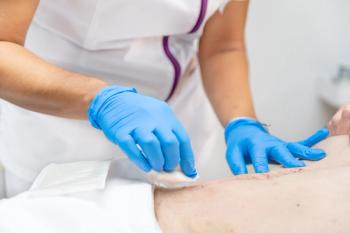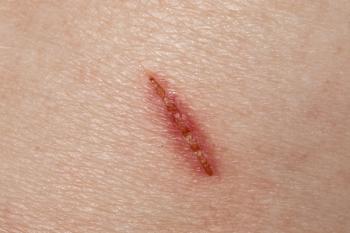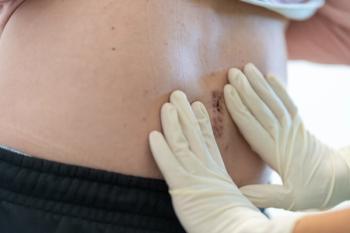
Survey on Wound Hygiene
An article in the Journal of Wound Care surveyed participants on awareness, implementation, barriers, and outcomes of wound hygiene.
Data from a survey created to better understand wound care awareness, implementation, barriers, and outcomes was recently published in the
In total, 1,478 people responded to the survey and agreed to the use of their anonymous data. Almost 90% were from the United States or United Kingdom, and most worked in wound care specialist roles, equally distributed between community and acute care settings. Of those in wound care, 66.6% have been in the profession for more than 8 years.
The respondents work across the spectrum of wound types, the article explained, with 57.4% having heard the concept of wound hygiene. Of that percentage, 75.3% have implemented it, 78.7% answered that they ‘always’ apply wound hygiene, and 20.8% ‘sometimes’ do so.
The top 3 barriers to wound care adoption were:
- Confidence (39%);
- desire for more research (25.7%); and
- competence (24.8%).
After implementing wound hygiene, 80.3% reported their patients’ healing rates had improved.
Respondents strongly agreed that implementing wound hygiene is a successful approach for biofilm management and a critical component for improving wound healing rates in hard-to-heal wounds, the article wrote. Study barriers, on the other hand, are demonstrating comprehensive education and training, institutional support for policy and protocol changes, and more clinical research to support wound hygiene.
Reference:
Murphy C, Atkin L, Hurlow J, Swanson T, de Ceniga MV. Wound hygiene survey: awareness, implementation, barriers and outcomes. J Wound Care. 2021;30(7):582-590. doi:10.12968/jowc.2021.30.7.582
Newsletter
Like what you’re reading? Subscribe to Dermatology Times for weekly updates on therapies, innovations, and real-world practice tips.

















